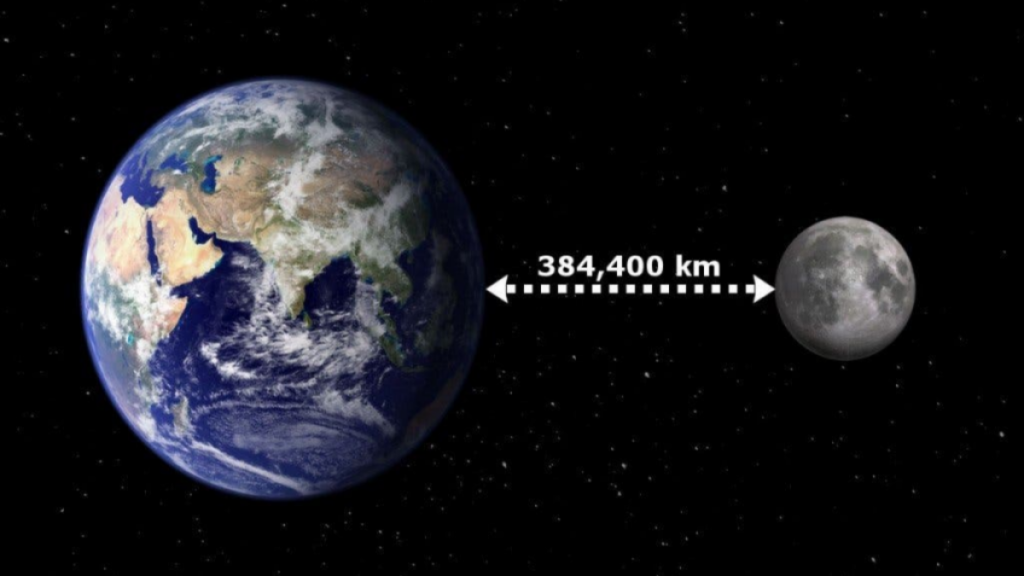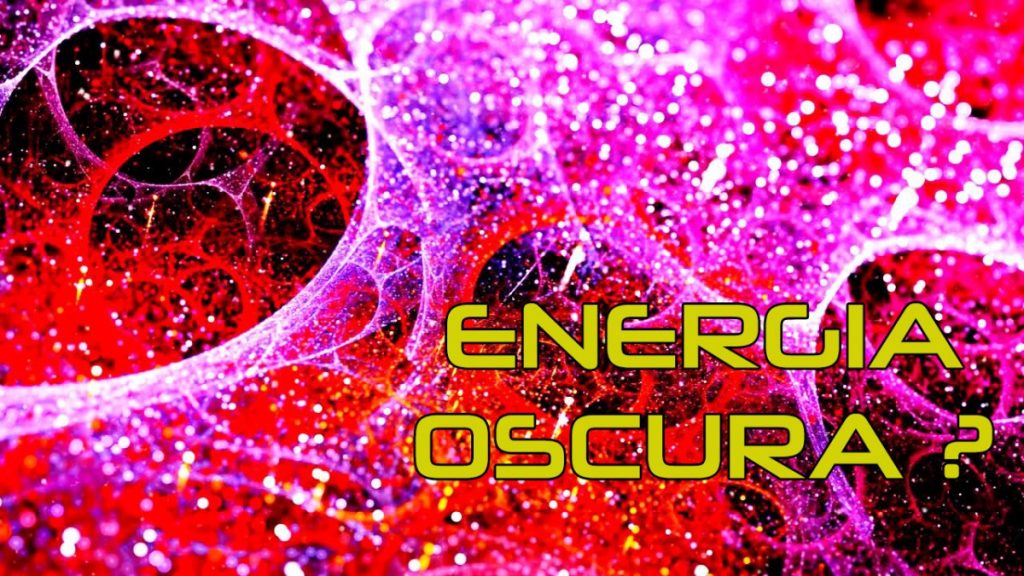Dark energy may have been the subject of a survey conducted during the XENON1T experiment conducted at Gran Sasso Laboratories, according to a statement issued by the University of Cambridge a few hours ago.
The press release relates to the publication of a new study on physical review d which describes some of the “unexpected” and unexplainable results obtained during this experiment.
unexpected results
These are unexpected results because this experiment is actually designed to detect dark matter, not dark energy.
In the study, the researchers describe a physical model to try to explain the results.
The model suggests that the discovery could be linked to dark energy particles originating from a region around the Sun that has very strong magnetic fields. More studies will certainly be conducted.
XENON1T Experience
The XENON1T experiment is designed, explains Sunny Fagnozzi of the Kavli Institute of Cosmology in Cambridge, to directly detect dark matter. The detector looks for signs that could indicate contact between dark and normal matter, which appears to be very rare and elusive.
An unexpected signal was detected about a year ago. As Luca Vecinelli, one of the study’s authors, explains, such things are certainly unexpected but have more than once in the past led to very important discoveries. So it is right to give them the importance they deserve.
new model
Various hypotheses have been put forward to explain the anomaly recorded by chance. At first, it was thought that axons, virtual particles that could be produced in the Sun’s core when X-rays scattered in very strong electric fields. However, this explanation did not hold up, and so the researchers created a new model to explore other possibilities.
The model made by the researchers uses a shield mechanism known as a “chameleon shield.” It is believed, in fact, that dark energy mainly operates only on very large scales and that at smaller scales it must be “hidden” or “shielded”.
Stop dark energy production in denser objects
Vagnozzi explains that with this system, it is possible to interrupt the production of dark energy in denser objects, thus avoiding the problems that arise with attempts to discover solar axes: “It also allows us to separate what happens in the very dense local universe from what happens on larger scales where the density is low. Extremely “.
The model simulates the production of dark energy in a region of the sun called the tachocline (or tacocline). It is a solar region that acts as a link between the radiative region and the convective region. Visinelli explains that there is another good piece of evidence that could be a similar discovery in the future but with a much stronger signal.
Notes and insights
- Phys. Rev. D 104, 063023 (2021) – Direct Detection of Dark Energy: XENON1T Excess and Future Prospects (he is) (DOI: 10.1103/ PhysRevD.104.063023)
Related Articles

“Internet trailblazer. Travelaholic. Passionate social media evangelist. Tv advocate.”







More Stories
From Earth to the Moon at the speed of light: Watch the chilling video
Watch what the planets were like 3.8 billion years ago, video (chilling reconstruction)
The origin of 469219 Kamo'oalewa has been revealed